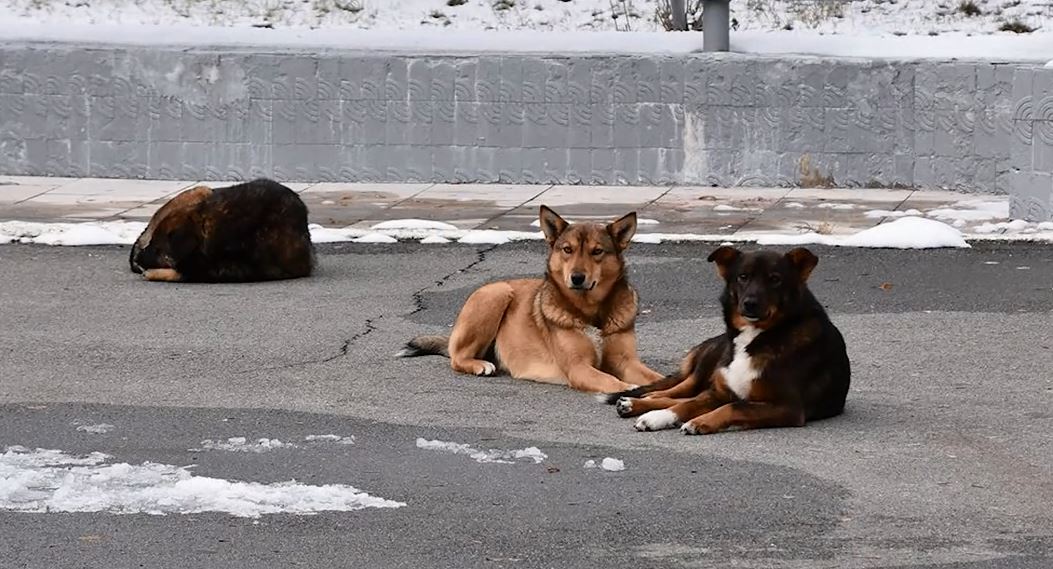Dogs of Chernobyl: Local vet headed on unique mission
Most people think of the ruins of the Chernobyl nuclear power plant as a wasteland, devoid of life.
In
reality, there are hundreds of dogs living there, the descents of
animals left behind decades ago when the area was evacuated.
Now, a local vet is heading to the area to help control the dog population and get the animals the care they need.
When the Chernobyl nuclear power plant exploded back in April 1986,
120,000 people living within 20 miles of the facility in the Ukraine
were given just a few minutes to grab some personal belongings and get
out.
Residents were told not to pack anything and to leave their
pets with the expectation that they could return for them, but they
never came back.
The Soviet military sent soldiers into the
exclusion zone to shoot the abandoned animals, but some survived; and
multiplied, to the point where, now - 30 years later, there are stray
dogs all around the power plant.
"There's probably a thousand
dogs there now living in adverse conditions," said local veterinarian
Terry Paik, noting that there are a lot of dogs suffering from
starvation, predators and freezing cold winters.
Though no
longer a working nuclear power plant, Chernobyl still has thousands of
employees - many of whom have been feeding the dogs. But with rabies
and other diseases, it's a dangerous situation and the dog population is
spiraling out of control.
That's where El Cajon vet Terry Paik comes in.
Later
this month, Paik will be part of a team of vets from all over the world
that will travel to Chernobyl to help the dogs. Their group is called
the Clean Futures Fund.
"Our mission is to go and spay and neuter the dogs," Paik said. "Vaccinate [them] for rabies."
Dr. Paik says the team will be there for a month with plans to spay and neuter 40 to 50 dogs a day.
"The
goal is to eliminate unwanted litters, obviously, and hopefully cut
down the population to be a manageable population that can be cared for
by the caretakers," Paik said.
Dr. Paik has done this before -
setting up spay and neuter clinics in foreign countries.; and his work
doesn't end there. His team also teaches local vets modern techniques so
they can continue the program after his team leaves. He plans to do the
same at Chernobyl - with one big goal.
"Saving lives, making the quality of life better for as many dogs as we can," said Paik.
Data: 11.07.2017
Fonte: hwww.cbs8.com




















Nessun commento:
Posta un commento